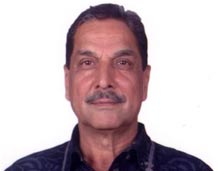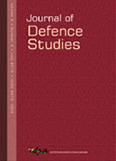Air Power and National Security: Indian Air Force Evolution, Growth and Future
- Publisher: Pentagon Press
2015
In over a century since the first manned flight, air power has made spectacular progress. Every conflict since World War II has seen an increasingly bigger role of air power, but despite this, to a general reader, air power continues to be esoteric. The study highlights major air power lessons of all the major conflicts, and explains air power roles and missions. It frankly yet fairly discusses the somewhat contentious subject of air power in support of surface forces and traces the IAF’s contribution in war and peace in the last 68 years since independence. It critically examines if use of air power in the Indian subcontinent is indeed escalatory.
- ISBN 978-81-8274-853-8
- E-copy available
- Published: 2015


















